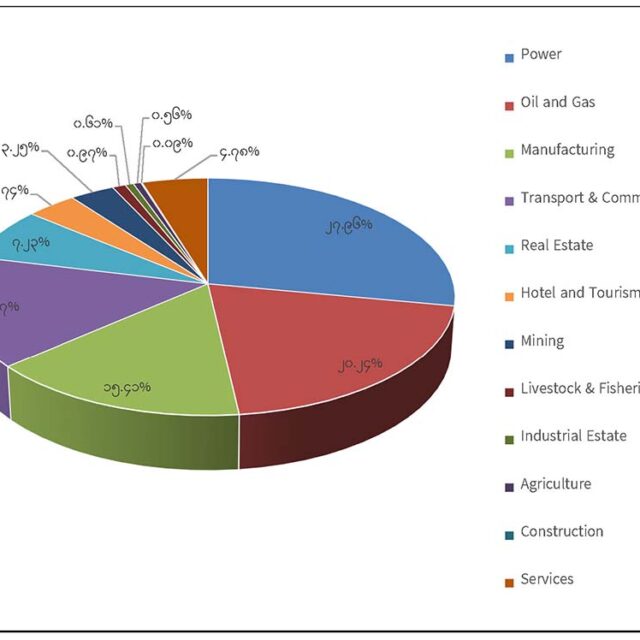By Saya Norm
The history of discovery is a long and complex one, spanning thousands of years of human history. In 1550 BCE, the ancient Egyptians described a disease that causes the passing of excessive amounts of urine, which is now recognized as a symptom of diabetes. And then in the 5th century BCE, the ancient Indian physician Sushruta identified diabetes as a distinct disease, calling it ‘Madhumeha’ which means honey urine. When in the 2nd century CE, the Greek physician Aretacus Cappadocia described a disease he had called ‘diabetes ‘ which is originated from the Greek word for siphon because a condition that causes excessive thirst, urination and weight loss.
But the term diabetes mellitus which means sweet urine was coined by the English physician Thomas Willis in the 17th century. It was found that the pancreas plays a key role in diabetes in the late 19th century. In 1921, Fredrick Banting and Charles Best discovered insulin at the University of Toronto. They isolated the hormone from the pancreas of a dog and demonstrated that it can be used to treat diabetes. In 1936, the first clinical trial of insulin is conducted. But the first effective drug for diabetes was introduced only in 1959.
And the first portable blood glucose meter was invented in 1971 which allowed the monitoring of blood sugar levels at home. There were some improvements in diabetes therapy in the last quarter of the 20th century, but they were not extraordinary. Diabetes continued to be a major public health issue in the 21st century. There are estimated 463 million adults worldwide living with the disease. However, research made some major improvements in the diagnosis and treatment of the disease. And it shows that lifestyle changes are necessary to control diabetes.
At present, 10 per cent of diabetes patients are type 1 and 90 per cent are type 2. Type 1 diabetes is believed to be caused by an autoimmune reaction and develops early in life. Type 2 diabetes develops over the course of many years and is related to lifestyle factors such as being inactive and excess weight. Both types of diabetes are chronic diseases that affect the regulation of blood sugar or glucose. To put the glucose into the cell as fuel, insulin hormone is needed. People with type 1 diabetes can’t produce enough insulin in the body so they are dependent lifetime on insulin injections. Type 2 diabetes means the body isn’t producing enough insulin or isn’t able to use the insulin that it produces. Some experts said that type 2 is caused by the natural ageing process. This type can be seen mostly in senior citizens. But SARS-CoV-2 virus can directly destroy the insulin-producing cells in the pancreas and may cause type 1 or type 2 diabetes depending on the extent of damage is a distinctive feature.
Too much sugar in the blood streams puts the organs, nerves and blood vessels at risk and left untreated, can lead to heart and kidney disease that may later be fatal. And also, blindness and nerve damage may develop. The damage can lead to limb amputation. Diabetes can reduce one’s lifespan by anywhere from five to fifteen years. But in recent years, technological breakthroughs and advanced knowledge of the disease made promising drugs and procedures for diabetes. Most scientists believe that they may soon have the science to beat the disease in near future. The breakthroughs are as follows.
Herbs
With advanced knowledge of herbs, management of diabetes type 1 and type 2 is more efficient and became reliable integrative medicine. Some herbs are efficacious to control blood sugar, especially for type 2 diabetes. Although they have some effects on type 1 diabetes, insulin is still needed for most patients. Herbs which are available in Myanmar for diabetes are giloy (Sindon Manwe), cinnamon (thitkyanpoe), Curcumin (Nanwin), and holy basil (pin sane). The most effective are giloy and cinnamon. (As a traditional medical practitioner, I successfully put type 2 diabetes into remission for years with those herbs combining strict diet and walking exercise in the aged patients.)
Giloy can help the body to naturally create insulin which can be beneficial in managing type 1 and type 2 diabetes. Additionally, giloy can enhance the digestive system and gut health assisting in diabetes management. The most distinct characteristic of giloy (Tinospora cordifolia) is helping Beta cell regeneration. So, it is useful as an adjunct therapy in type 1 and type 2 diabetes. Although cinnamon is suggested for use in type 2 diabetes, one research shows that 4 weeks of cinnamon supplementation does improve plasma glucose in patients with type 1 as well as patients with type 2 diabetes.
Lifestyle changes
With expanded knowledge of diabetes today, many people are aware that lifestyle changes are necessary for blood sugar control. Weight loss has always played a major role in controlling diabetes. And new research suggests it may be more important than controlling blood sugar. The research found that dropping 15 per cent of a person’s body weight was more beneficial than lowering blood glucose.
The diet also is important for diabetes. Just following a meal plan of low-calorie low-carbohydrate and high-protein food may reduce the drug dosage or be free from medication. Exercise is one of the antidiabetic regimens. Exercising 150 minutes each week divided over five days can reduce the diabetic risk by as much as 60 per cent and also help blood sugar control in diabetic patients.
Stem cells
The most promising technological breakthrough for diabetes is stem cells. Stem cells are unique cells that have the ability to differentiate into different types of cells in the body. There are so many therapies for diabetes type 2 but type 1 is rare because the pancreas can’t produce insulin. The best way to treat type 1 diabetes is to replace damaged pancreatic cells with functioning ones. It is not so sure currently if stem cell therapy is a definitive come for type 1 diabetes. However, the studies have shown promising results with the use of mesenchymal stem cells derived from various sources as a treatment for type 1 diabetes. Some studies reported that the transplanted stem cells were able to differentiate into insulin-producing cells and improve blood sugar control.
Although stem cell therapy is not the first priority for type 2 diabetes, in some patients with the long-term disease it may be helpful. All efforts currently focused on type 2 diabetes were to maintain a healthy diet, keep a healthy body weight and exercise regularly for the management of the disease. If diet and exercise aren’t enough to control blood glucose levels well, those patients may also need diabetes medications or insulin therapy or both. Type 2 diabetes is also an age-related disease so some patients might need insulin therapy when they get older. Recent studies have demonstrated the promising results of using stem cells-bone marrow mononuclear cells and multipotent mesenchymal stem cells. Stem cell therapy preserves the function of beta-cells (Insulin-producing cells of the pancreas), decreases insulin dosage significantly, lowers the concentration of glycated haemoglobin, decreases the fasting blood glucose and improves the quality of life.
Continuous glucose monitors
Glucose monitoring is important for both types of diabetes. It is essential for type 1. Although there is no (approved) way of curing it yet, type 1 diabetes can be managed. For sufferers, that has meant regular finger-prick tests to check levels of blood glucose and find out whether food or medication is needed. The first device for continuous blood glucose monitoring was approved in 1999 and it became a wearable device (fixed on the skin) today and can be monitored easily via a smartphone or watch, and there is overwhelming evidence that it results in better glucose control and healthier people.
Type 2 diabetic patients still need to test blood glucose levels frequently, but have more scope to manage their condition. Type 1 diabetes does not produce any of its own insulin, so is entirely reliant on injections to manage glucose levels. They have to test several times a day and during the night if they fear low blood sugar levels. When a continuous glucose monitoring system is linked with insulin pumps, type 1 diabetes patients (also some type 2 patients) got more easier and effective glucose control. Some clinicians said that patients who use the system would drop their HbA1c levels up to 20 points within a few months.
Drugs
Current drugs for diabetes management seem efficient, but the newer classes of drugs are having a major impact on treatment because they do more than just lower glucose. One class which is called GLP 1 receptor agonist helps with weight loss, while another-SGLT2 inhibitors-reduces the risk of heart and kidney disease. People with diabetes don’t die from high sugar levels. They die from cardiovascular diseases -about two out of three patients in the coronary unit have diabetes, while two out of five patients in dialysis units have it. A medication that will decrease the heart and kidney disease risks by 20 to 30 per cent is huge.
New technological breakthroughs and new knowledge of the disease from the research are encouraging. But all the new research into new treatments and tools won’t make a difference if diabetes patients can’t access or afford them. World Health Organization and related governments must try to overcome those obstacles. And about 90 per cent of diabetic patients are type 2 sufferers and it is preventable with good health education. With all of this momentum, there will be a cure (and also prevention) in the very near future.













